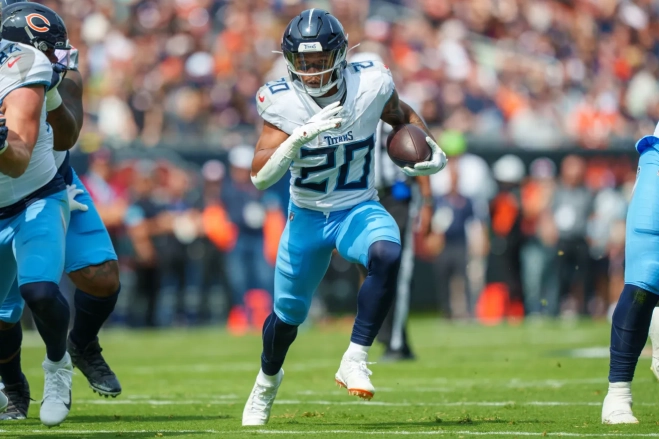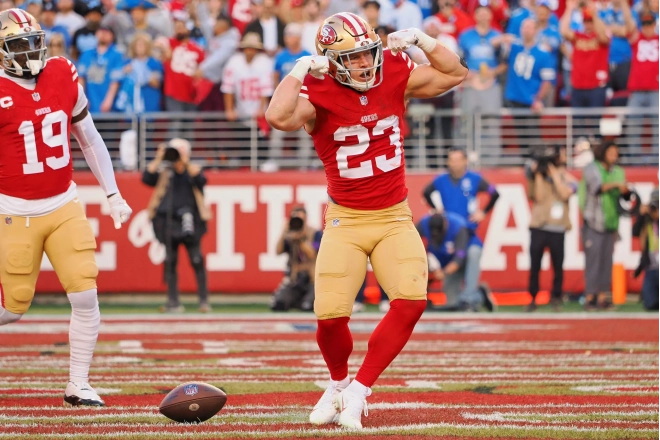As the world evolves, so does the realm of sports. Nearly everyone now owns a cellphone and relies on technology in their daily lives. Similarly, sports have embraced various technologies for training and performance enhancement. Teams now utilize technology not just as a tool, but as a strategic asset to optimize training regimens and elevate performance levels. This technological empowerment marks a significant shift in professional sports, revolutionizing how teams approach training and competition.
Read on to discover the transformative impact of technology this has had on modern sports.
Wearable Technology
Wearable technology, as the name suggests, encompasses devices worn by athletes to gather vital data, including heart rate, sleep patterns, calories burned, and workout analytics. These insights are instrumental in optimizing performance. For instance, GPS trackers are indispensable for runners and cyclists, providing essential data on pace, distance, and route, crucial for endurance training. They also furnish athletes and coaches with tangible evidence to pinpoint areas for improvement.
Moreover, sleep and recovery trackers, often integrated with GPS capabilities, monitor sleep patterns and recovery rates. This data helps prevent overtraining by ensuring athletes get adequate rest. In addition to GPS and recovery trackers, heart rate monitors, particularly when combined with other wearables, offer invaluable insights. They gauge exercise intensity, enabling coaches and players to fine-tune training regimens for optimal results.
These wearable devices, ranging from smart-watches to fitness trackers and heart rate monitors, transcend mere trends. They serve as indispensable tools for athletes at all levels, not just professionals, due to their significant contributions to performance enhancement. Indeed, technology's impact on professional sports is profound, extending even to betting on events like Belmont 2024 or the NFL 2024 season, facilitated by data-driven insights discovered through wearable technological devices.
Apps and Software
In addition to wearables, players can also utilize various apps and software, some free of charge. They use apps such as TrainingPeaks, Strava, and MyFitnessPal, popular software among athletes in order to track nutrition and workouts. Have you observed athletes who take videos of themselves? It’s mostly because they can utilize these videos for analysis purposes, and there are applications like Hudl and Dartfish these athletes can utilize.
These apps allow coaches and players to analyze their techniques, form, intensity, etc. through video, which can give a visual perspective on performances. Other popular trackers on the App Store or Google Play are nutrition trackers and training apps. These two are usually combined into one, allowing athletes both the convenience and the ability to switch between the software easily. Of course, other apps like MyFitnessPal can be used solely to track food intake, calories, and nutrient intake.
These apps ensure that players are fueling their bodies correctly. Just as nutrition trackers have become ubiquitous, so too have training apps. These apps offer players personalized training programs, allowing them to easily monitor progress and identify areas for improvement.
The Role of Technology in Sports Training
Did you know that many athletes rely on precise and accurate data for their training? Coaches and players utilize data collected from apps and wearables to inform decisions on training, recovery, and nutrition, bolstering confidence in their strategies. Moreover, technology serves as a preventive measure against injuries and aids in athletes' recovery processes. The data gathered from apps and wearables tracks an athlete's response to training, sleep patterns, and heart rate, offering insights crucial for injury prevention and speedy recovery.
This data isn't just beneficial for individual athletes; organizations and coaches also benefit from tailored training programs based on each player's needs. By customizing training regimens to address specific strengths and weaknesses, players feel valued and essential, enhancing overall team efficiency and effectiveness.
Real-World Examples of Technology in Sports
Now that you’ve understood the different roles and technologies utilized in sports, it’s time to understand how they apply to real-world scenarios.
- Rugby - Have you ever watched rugby coaches in the stands staring intensely at their laptop or iPad screen? It’s most likely that they’re studying real-time data as the players compete and the game progresses. Among the international teams, England and Ireland compete against each other and constantly utilize tracking devices.
- Football/Soccer - In February 2015, FIFA approved players to utilize real-time tracking devices during competitive matches, giving their respective teams necessary data for in-field matchups.
- American Football - Did you know that the NFL also utilizes real-time monitoring during its training sessions? They are partnered with Zebra Technologies, a major game-changer for these professional players.
In conclusion, the significance of technology in both amateur and professional sports cannot be overstated. Even high school athletes are incorporating technology into their training routines, leading to tangible performance improvements across all levels of competition. In professional sports, training methods have evolved significantly, with teams harnessing the power of technology and data to optimize performance. This utilization of technology empowers teams to achieve peak performance levels and stay at the forefront of their respective sports.





